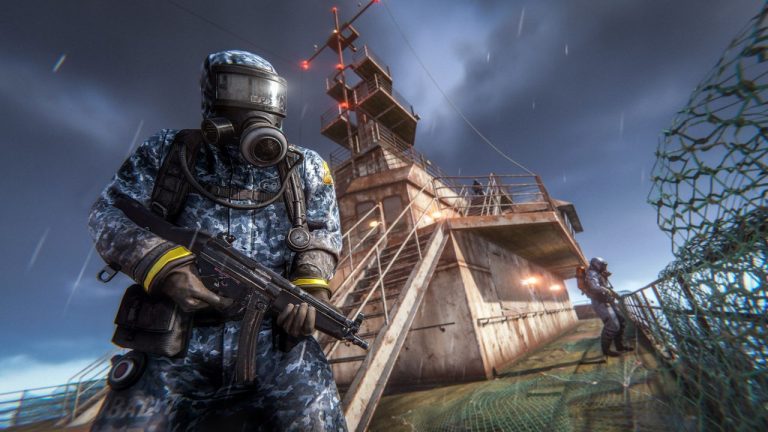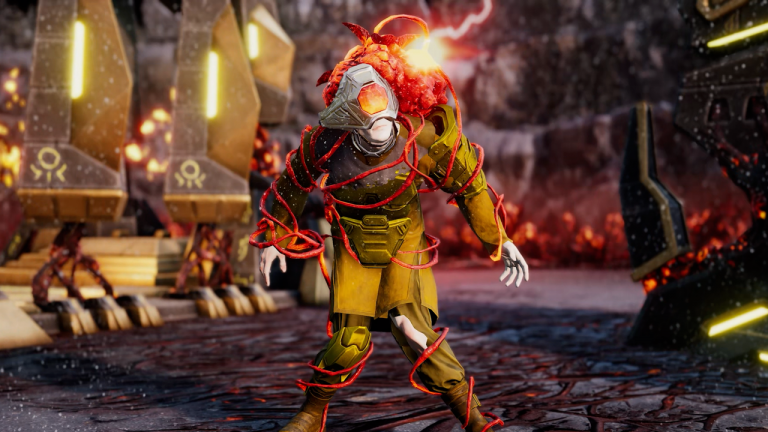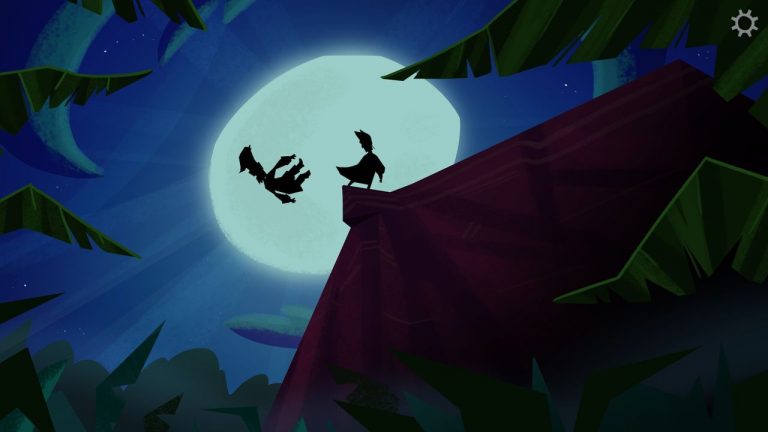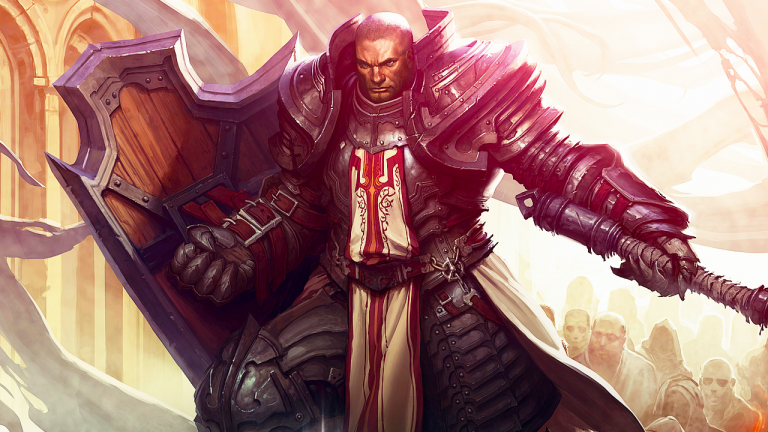The tavern falls silent as the door creaks open. In walks a warrior, her armor gleaming, her sword at the ready. She’s the picture of heroism – until she trips over her own feet, sending mugs of ale flying. Meet Lyra the Clumsy, paladin of the god of grace (oh, the irony). (Yes, DND 5e flaws usually work this way!)
Welcome to the wonderful world of character flaws in Dungeons & Dragons, where imperfection isn’t just accepted – it’s celebrated. In a game where you can be anyone or anything, why would you choose to be flawed? Because, dear reader, that’s where the magic happens.
Beyond the Perfect Hero: Why Flaws Matter
Let’s face it – perfect heroes are boring. They’re predictable, one-dimensional, and about as exciting as watching paint dry in the Underdark. Character flaws, on the other hand, are the secret ingredient that transforms your D&D alter ego from a cardboard cutout into a living, breathing entity that players and Dungeon Masters alike can’t wait to interact with.
But flaws in D&D aren’t just about entertainment value. They serve several crucial purposes:
1. The Reality Check
Even in a world of magic and monsters, believability matters. Flaws ground your character in reality, making them relatable and, paradoxically, more heroic. When a character overcomes not just external obstacles but their own shortcomings, that’s when legends are born.
2. The Story Engine
Every good story needs conflict, and flaws are conflict generators. A character who’s afraid of the dark will inevitably find themselves in a lightless cave. A greedy rogue will be tempted by that cursed treasure. Flaws create organic, character-driven plot points that keep the story moving and the Dungeon Master grinning behind their screen.
3. The Growth Catalyst
Character development is the heart of any good D&D campaign. Flaws provide a starting point for that journey. Will your arrogant wizard learn humility? Can your cowardly fighter find their courage? These arcs turn a simple adventure into an epic tale of personal growth.
4. The Team Dynamic
In a party-based game like D&D, flaws add spice to group interactions. They create opportunities for other characters to shine, for tensions to rise and fall, and for unforgettable moments of both comedy and drama. After all, what’s a quest without a little party bickering?
Remember: in D&D, flaws aren’t bugs – they’re features. Embrace them, play them to the hilt, and watch as your game transforms from a simple dungeon crawl into a rich, character-driven epic. After all, it’s not about being perfect – it’s about being perfectly imperfect.
The Flaw Menagerie: Types of Character Flaws
Now that we’ve established why flaws are the unsung heroes of character creation, let’s dive into the treasure trove of imperfections you can bestow upon your D&D alter ego. Remember, choosing a flaw is like picking a magic item – you want something that complements your character’s build and enhances your gameplay experience.
1. The Personality Paradox
These are the quirks and traits that make your character uniquely… annoying. They’re the behavioral hiccups that turn a simple conversation into a diplomatic nightmare.
The Know-It-All: Your Wizard might have 20 Intelligence, but their Wisdom is questionable when they’re correcting the ancient dragon’s grammar.
The Eternal Pessimist: “Sure, we defeated the demon lord, but did you see the state of his lair? We’ll be lucky if tetanus doesn’t kill us first.”
The Impulsive Idiot: Why yes, pushing the big red button in the middle of a trapped-filled dungeon seems like a great idea!
Pro Tip: These flaws shine in role-playing scenarios. They create friction, drive dialogue, and often lead to hilarious (or disastrous) consequences.
2. The Phobia Factor
In a world of terrifying monsters, sometimes it’s the little things that scare us most. Phobias add a delicious layer of tension to any adventure.
Acrophobia (Fear of Heights): Great for creating drama during those precarious mountain climbs or flying mount sequences.
Nyctophobia (Fear of the Dark): Because every dungeon needs someone who screams at shadows.
Ophidiophobia (Fear of Snakes): Yuan-ti campaign, anyone?
Remember: A phobia isn’t just discomfort – it’s paralysing fear. Play it for laughs if you want, but also consider the dramatic potential of a character facing their deepest fear.
3. The Moral Maze
These flaws challenge your character’s ethical compass, adding depth to decision-making and creating compelling internal conflicts.
The End Justifies the Means: Your Paladin’s oath to protect the innocent might be tested when torturing the villain could save lives.
Prejudice: Perhaps your Elf holds a deep-seated distrust of Dwarves, leading to tension in a mixed-race party.
Greed: The classic. When the dragon’s hoard is just too tempting, even for a Lawful Good character.
Tip: Moral flaws are great for creating character arcs. Will your hero overcome their prejudice? Or fall deeper into moral ambiguity?
4. The Addiction Affliction
From the bottle to the bet, addictions can add a gritty realism to your fantasy hero.
Alcoholism: A classic for a reason. Just remember, a Disadvantage on ability checks might be the least of your worries.
Gambling: Because nothing says “tension” like betting your share of the loot on a game of chance.
Adrenaline Junkie: Who needs a Calm Emotions spell when you can jump off that cliff instead?
Warning: Handle addictions with care. They can add depth to your character, but shouldn’t dominate the game or make others uncomfortable.
5. The Tragic Backstory
Sometimes, a flaw isn’t just a quirk – it’s a scar from the past that shapes your character’s present.
Survivor’s Guilt: Your character lived while others died. How does that affect their willingness to risk their life – or the lives of others?
Trust Issues: After betrayal, can your Rogue ever truly believe in teamwork?
The Oath-Bound: A vow of vengeance might drive your character, but at what cost to their morality and relationships?
Key Point: These flaws often tie directly into your character’s backstory and can be great hooks for personal quests and character development.
So, brave adventurer, as you ponder which imperfections to embrace, remember: in the world of D&D, flaws aren’t weaknesses – they’re opportunities. Opportunities for roleplay, for story, and for creating a character that’s not just powerful, but unforgettable.
Bringing Flaws to Life: Implementation at the Table
You’ve picked your flaw, you’ve written it on your character sheet, and you’re ready to roll. But how do you transform that scribbled imperfection into a living, breathing part of your character? Let’s explore how to implement flaws effectively in your D&D game.
Consistency is Key (Usually)
Your flaw isn’t a party trick to pull out when things get boring. It’s an integral part of your character’s personality. That means playing it consistently – but not predictably.
Do: Let your claustrophobic Barbarian hesitate before entering a narrow cave system.
Don’t: Have them refuse to enter every single dungeon, bringing the game to a screeching halt.
Remember, characters are complex. Your flaw should be ever-present, but it doesn’t always have to take center stage.
The Art of Escalation
Not every manifestation of your flaw needs to be dramatic. Start small and build up over time. This creates a more realistic character arc and gives you room to grow.
Level 1: Your distrustful Rogue double-checks the locks on the party’s room at the inn.
Level 10: They refuse to sleep without setting elaborate traps around the camp.
Level 20: They’ve developed a magical alarm system that alerts them to any creature within a mile radius, friend or foe.
Flaws as Fuel for Roleplay
Your flaws are roleplaying gold. Use them to drive interactions, create conflicts, and deepen relationships with other characters.
Initiate conversations about your flaw with other party members.
React in character when situations trigger your flaw.
Allow your flaw to influence decisions, but be open to other characters talking you down.
Pro Tip: Coordinate with other players. Maybe the party’s Cleric takes it upon themselves to help your character overcome their fear of the undead.
The DM’s Toolbox: Flaws as Plot Hooks
Dungeon Masters, listen up! Your players’ flaws are narrative gifts wrapped in character sheets.
Design scenarios that specifically challenge a character’s flaw.
Use flaws to create personalized side quests or character arcs.
Introduce NPCs that either exploit or help overcome character flaws.
Remember: The goal isn’t to punish players for their flaws, but to create compelling stories around them.
Mechanical Implications: When Flaws Affect Dice Rolls
While not every flaw needs a mechanical effect, sometimes it makes sense for flaws to impact gameplay directly.
Impose disadvantage on certain rolls when a flaw would realistically hinder the character.
Offer inspiration points for playing into a flaw, especially when doing so complicates the situation.
Create custom mechanics for specific flaws. A character with a short temper might need to make Wisdom saves to avoid starting fights.
Growth and Redemption: Overcoming Flaws
As characters evolve, so too can their flaws. Allowing characters to work on their flaws provides a satisfying arc over a long campaign.
Set specific goals or challenges related to overcoming the flaw.
Allow for gradual improvement rather than sudden changes.
Consider replacing overcome flaws with new ones that reflect the character’s experiences.
The Golden Rule: Fun Trumps All
At the end of the day, flaws should enhance the game, not detract from it. If a flaw is causing real frustration (not the fun, in-character kind), it’s okay to dial it back or even retire it.
Check in with your fellow players and DM regularly about how your flaw is affecting the game.
Be willing to adjust your approach if it’s not working out.
Remember that your character is more than their flaw – don’t let it overshadow everything else.
Mastering character flaws in D&D is an art form. It requires creativity, consistency, and collaboration with your fellow players and DM. But when done right, it transforms your character from a collection of stats into a living, breathing individual with depths to explore and stories to tell.
So embrace the imperfections, lean into the flaws, and watch as your D&D experience becomes richer, more dramatic, and infinitely more memorable. After all, in a world of dragons and magic, sometimes the most fantastical thing of all is a hero who’s perfectly imperfect.
The post The Art of Imperfection: Mastering Character Flaws in D&D appeared first on LitRPG Reads.











